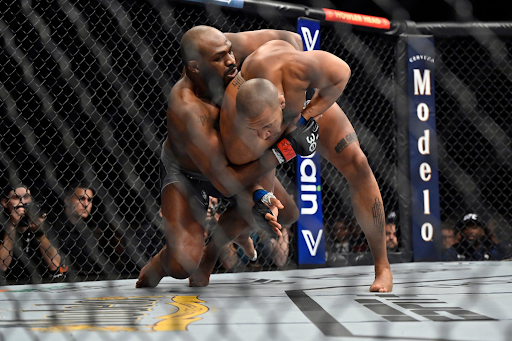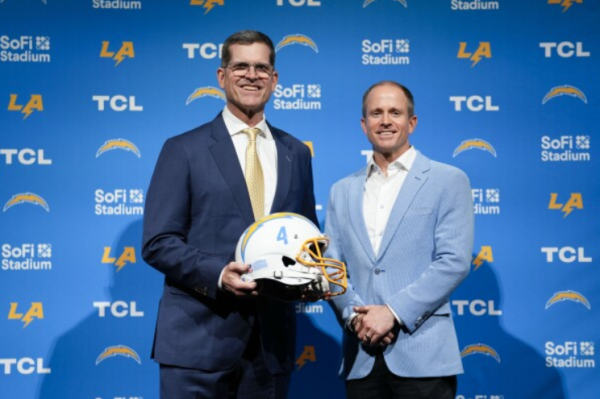The UFC underpaying fighters: An examination of compensation in MMA

Image via Global News
The Ultimate Fighting Championship (UFC) is the largest Mixed Martial Arts (MMA) promotion in the world, with a roster of fighters from across the globe. The UFC has grown immensely in popularity over the past years, with its events being watched by millions of people worldwide. However, despite the UFC’s success, there’s been growing criticism of the company’s treatment of its fighters, specifically in regard to their pay.
One main argument against the UFC’s payment structure is that the company underpays their fighters. UFC fighters do not have salaries, and their pay is highly dependent on performance-based bonuses, such as winning a fight or earning a “Fight of the Night” bonus. Additionally, fighters are given a portion of the pay per view (PPV) revenue generated by their fights. While these bonuses and PPV portions could be considered substantial for top fighters, many fighters, especially those on the undercard or with less marketable names, earn relatively little. According to a report by the MMA Fighters Association (MMAFA), the median UFC fighter salary was $45,000 in 2020, with 56% of fighters earning less than $50,000 a year. To put that into perspective, the minimum salary for a player in Major League Baseball (MLB) is $570,599 per year. In other words, many UFC fighters earn less than some professional athletes earn as minimum salaries.
One of the reasons for the UFC’s underpayment of fighters is the lack of a fighters’ union or association. Unlike other professional sports leagues, such as the National Football League (NFL) or MLB, the UFC does not have a players’ union to negotiate for better salaries and benefits on behalf of the fighters. This leaves the fighters in a vulnerable position, as they have little to no bargaining power and just need to deal with the UFC’s paying structure.
Another factor contributing to the UFC’s underpayment of fighters is the company’s business model. The UFC is currently owned by Endeavor, a large holding company, with its primary goal to maximize its profits for its shareholders. This means that the UFC prioritizes revenue generation over fighter compensation. For example, the UFC has been criticized before for not providing health care or retirement benefits to fighters, despite the physical and mental toll that fighting takes on their bodies.
In recent years, there has been growing pressure on the UFC to improve its treatment of their fighters. Fighters themselves, as well as fans and media, have expressed their feeling in calling for better pay and benefits for fighters. In response, the UFC has made some changes, such as increasing the minimum fighter pay and providing some medical benefits. However, critics argue that these changes aren’t enough and that the UFC still has a long way to go in terms of providing fair compensation to their fighters.
One proposed solution to the UFC’s underpayment of fighters is the formation of a fighters’ union or association. This would allow fighters to collectively bargain for better pay and benefits, as well as provide them with legal representation. Some fighters have already taken steps in this direction, with the formation of groups such as the MMAFA and the Professional Fighters Association (PFA).
The UFC’s underpayment of fighters is a significant issue that needs to be addressed. Fighters put their health and well-being on the line every time they step into the octagon, and they deserve to be compensated rightfully for their efforts. While the UFC has made some progress in improving fighter pay and benefits, more needs to be done.
Aidan Thomas is a Senior at South Lakes and Staff Editor for the Sentinel. This is his second year writing and now editing for the Sentinel. Aidan enjoys...























Gary • Mar 12, 2023 at 4:54 pm
Bravo! Well written!!!!